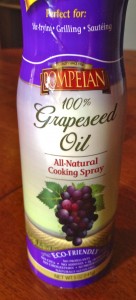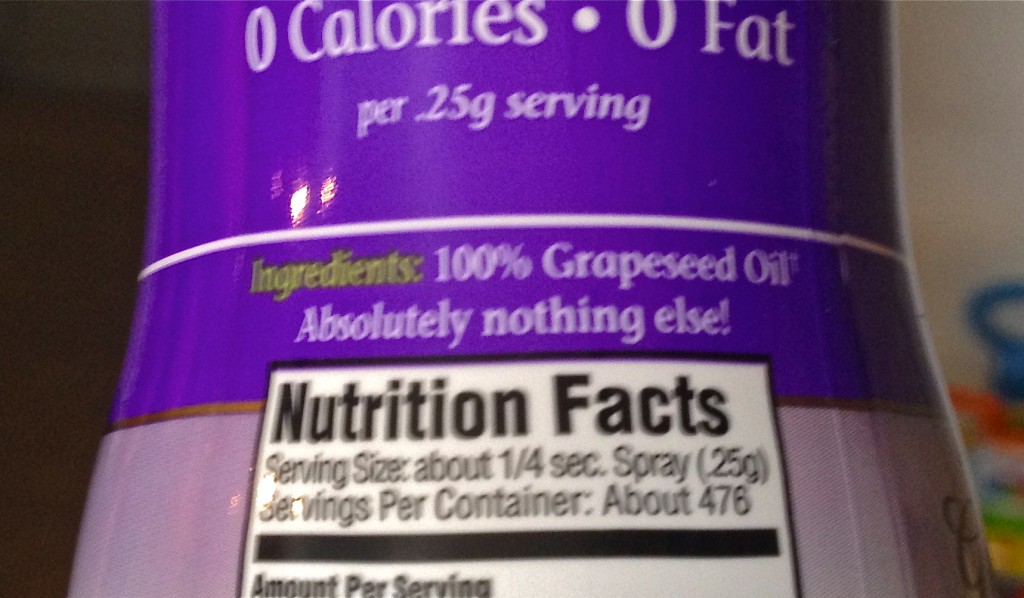 Common cooking spray ingredients. Yum, propellant!
Common cooking spray ingredients. Yum, propellant!Look at the ingredients in your common cooking spray. This is in the last one I used – oil, lecithin, natural flavors, dimethyl silicon and propellant. After the oil, I have concerns about using the other ingredients. That is why this is the last time I’ll be using a toxic cooking spray.
The most intriguing ingredient to me is “propellant.” I work with hazardous materials and wastes and have dealt with enough chemicals that contain propellants. I have an idea what to expect and the two words that immediately come to mind are, flammable and toxic. And I’m putting this on my eggs each morning. What was I thinking?
The “propellant” in your cooking spray could be propane, butane, iso-butane, nitrous oxide, or carbon dioxide. That’s why it’s labeled, “propellant”. Propane and butane are flammable gases. Yes, that same propane you could be fueling your grill to cook your eggs. Propane is also mildly toxic (compared to other hazardous materials). It has an IDLH of 2,100 ppm and LC50 >800,000 ppm.*
Another intriguing ingredient is the nitrous oxide. This is a greenhouse gas. So it’s not environmentally friendly. Nitrous oxide makes up 6% of human caused greenhouse gases. Although cooking spray is just a blip of the 6% we emit. It’s also laughing gas! Ha!
It’s such a small amount that it probably won’t cause you harm. But that’s the case with so many industrialized chemicals, products, and foods in our world. A little bit won’t hurt you, but a lot of little bits might.
 Grapeseed Oil. That’s all.
Grapeseed Oil. That’s all.Hazard x Exposure = Risk. Propane and/or nitrous oxide x Spraying a pan to cook my eggs each morning = Putting me at risk of exposure to these chemicals. If I don’t spray my pan with these chemicals my exposure is 0. Anything times 0 = 0. So my risk becomes 0.
This is only one example of countless products we use with hidden toxins. I would recommend everyone to check the ingredients in their processed and engineered foods, cosmetics, and anything else you put in, on, or around your body. There are plenty of “toxic cooking sprays” out there. An entertaining read about our exposure to everyday toxins is, “Slow Death by Rubber Duck“.
As an alternative to cooking sprays, I’ll be experimenting with a spray grapeseed oil, other oils, and butter. My wife introduced me to the grapeseed oil. Despite my knowledge of toxins and pollutant, she is the Edible Healer in our household.
*For the non-CHMM, IDLH is Immediately Dangerous to Life and Health. LC50 is Lethal Concentration in 50%. Also described as the concentration that will kill 50% of the test subject rats.
 Ingredients I can live with.
Ingredients I can live with.